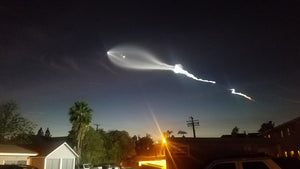September- M39, Helix Nebula, and Gamma Delphini
THE HELIX NEBULA
The Helix Nebula can be a challenging target for visual observers because of it's proximity to the Sun. Its low surface brightness and relatively large apparent diameter (almost the size of the full Moon) make this a great target for binocular observers and imagers. Telescopically, it’s best seen with a low power eyepiece using an O-III filter to bring out some better detail.
With binoculars it appears as a large, misty gray disc. A small telescope will show a faint ring of uniform brightness with a noticeably darker center. A large scope will reveal some structure in the ring, with the nebula brightening toward the north-northeast and south-southwest. The central star can also be visible with averted vision.
M39
Messier 39, an open star cluster located in the direction of the Cygnus constellation. Because of its proximity to Deneb and its size – it is actually larger in the night sky than a full Moon – it is easily observed using binoculars and small, low magnification telescopes.
Binoculars show an elongated patch with three or four stars stretched across the middle. Telescopically, a low-powered eyepiece shows a large, sparsely scattered triangular cluster of about 30 bright blue-white stars, with a conspicuous double at the center. A multitude of fainter background stars can also be seen, but these stars can overwhelm the cluster with larger scopes at higher powers.
M39 may seem like a boring target at first, but just one hour of imaging is enough to have a wonderful looking photo. The stars pop out really easily, the background is filled with smaller ones, and the processing is simple. This is a fantastic object for sharpening astrophotography skills.
GAMMA DELPHINI
Gamma Delphini is a well-known and celebrated double star, quite a gem in the late-summer sky. A low magnification of around 30x is enough to split this star into its pale gold and white components.







